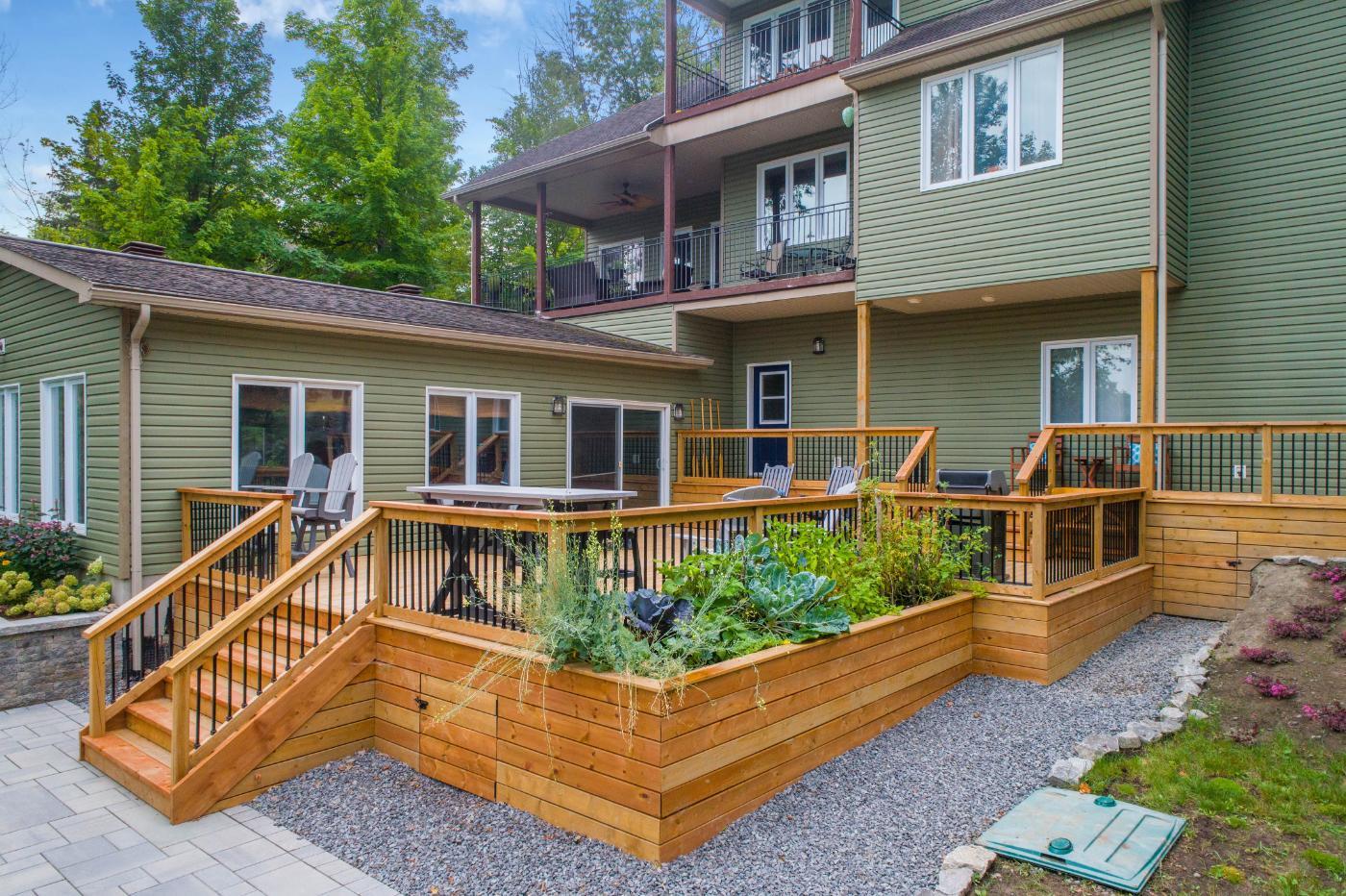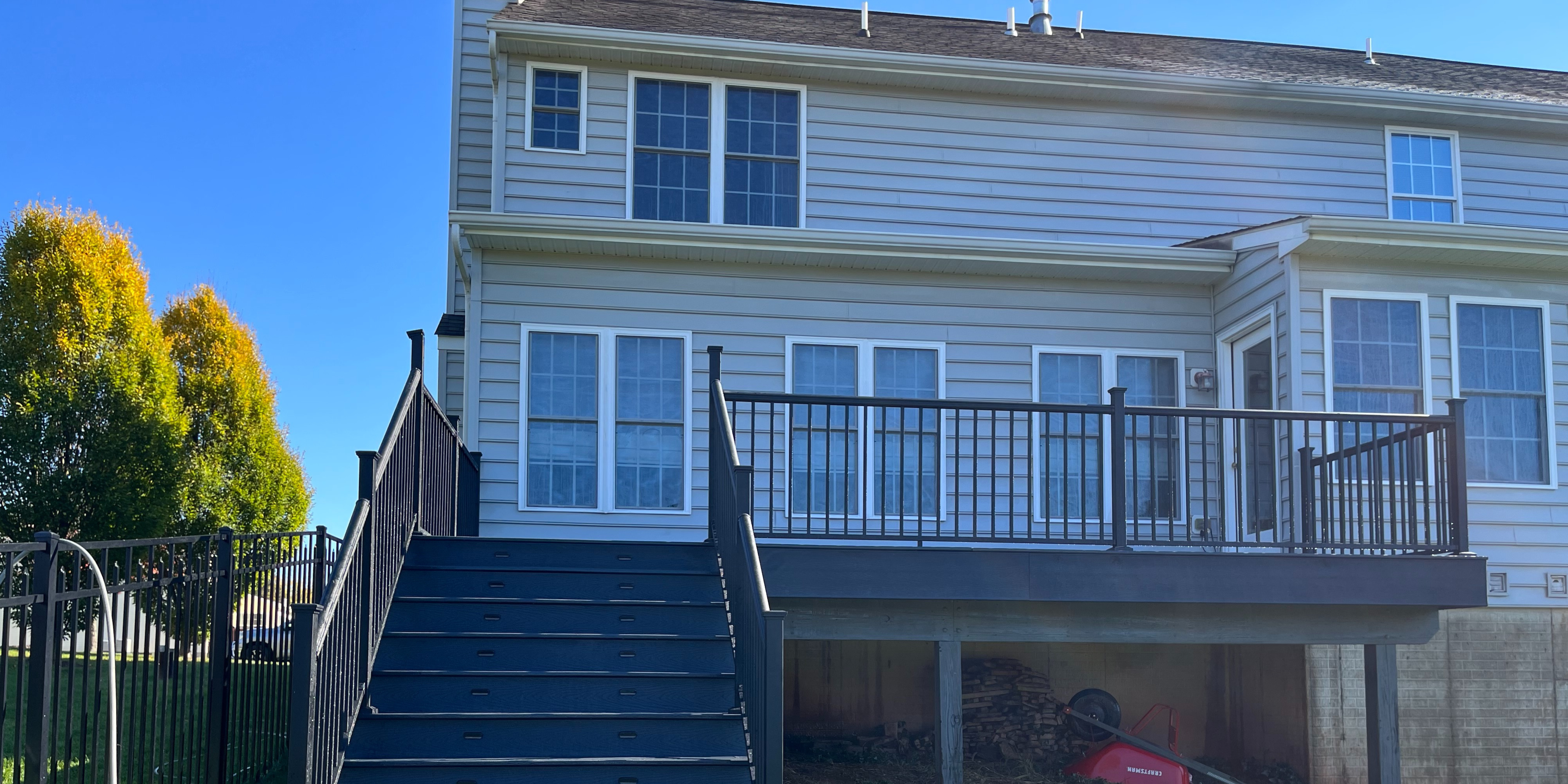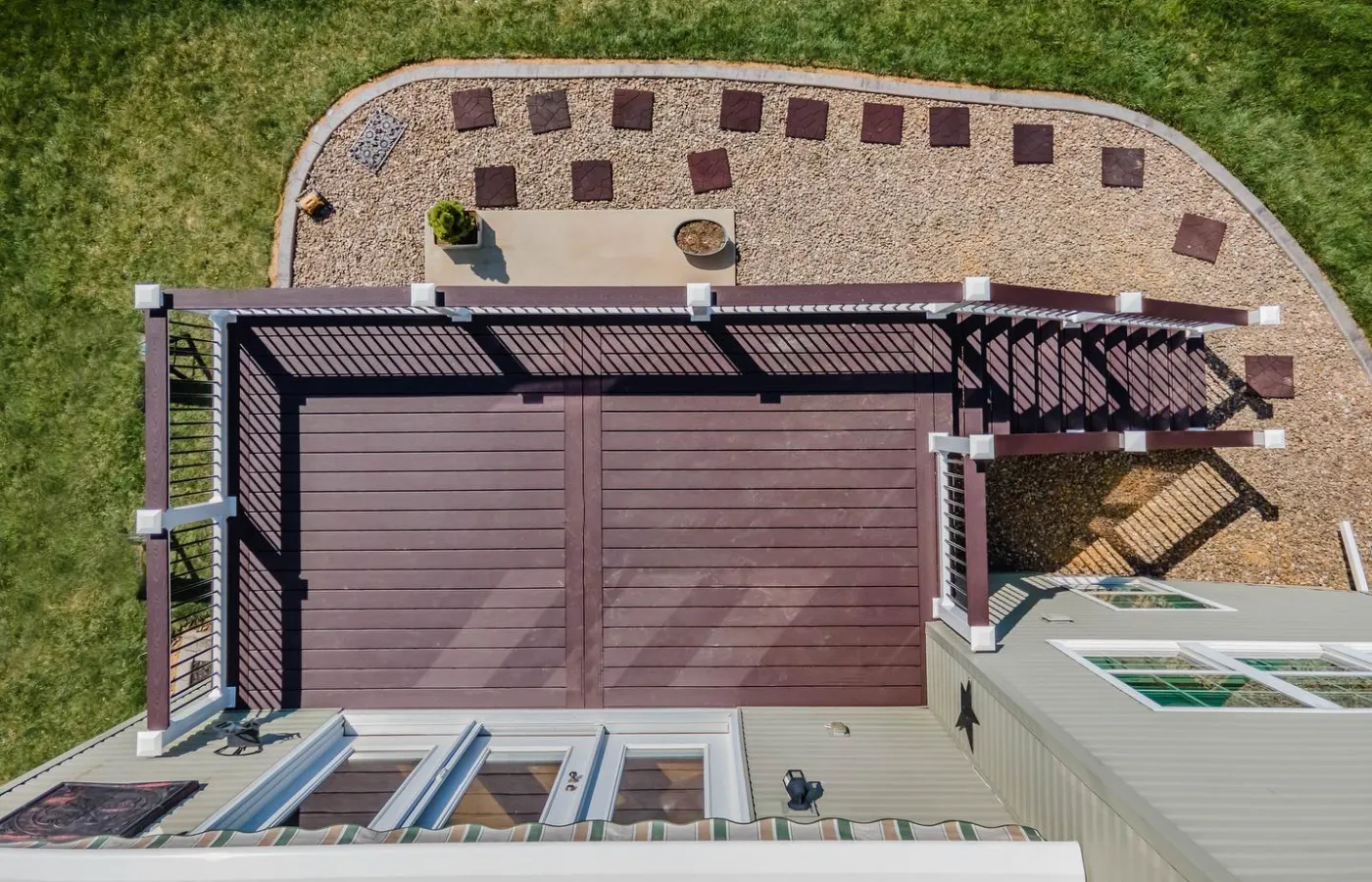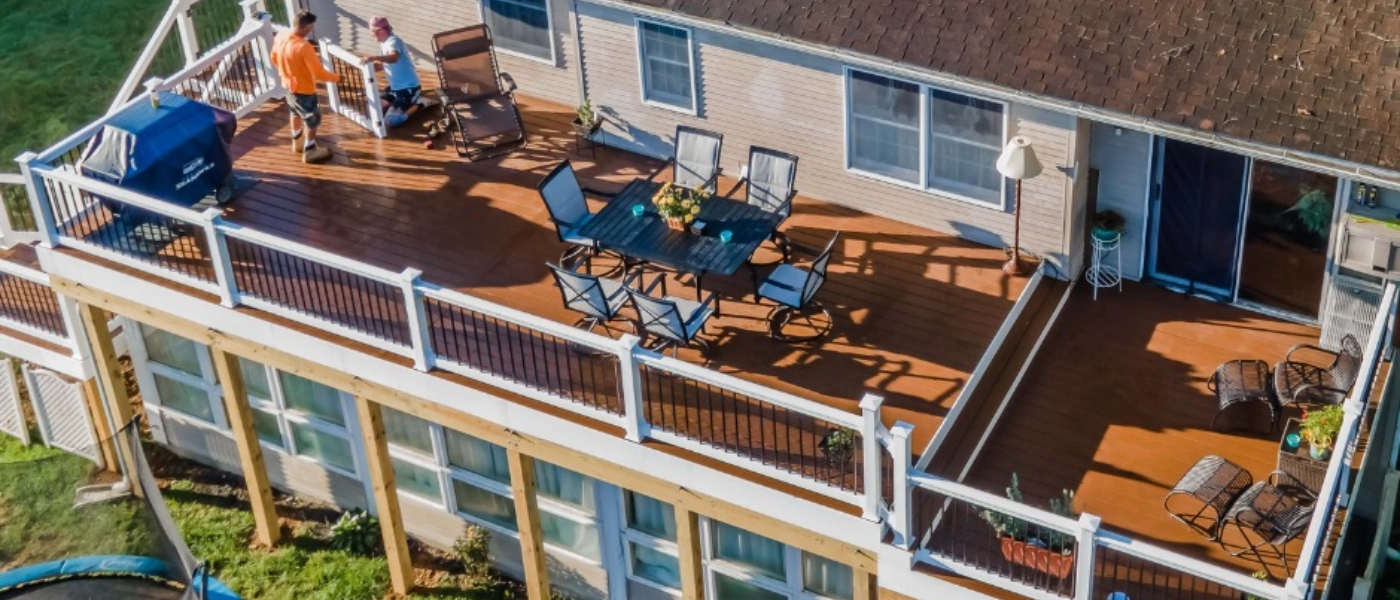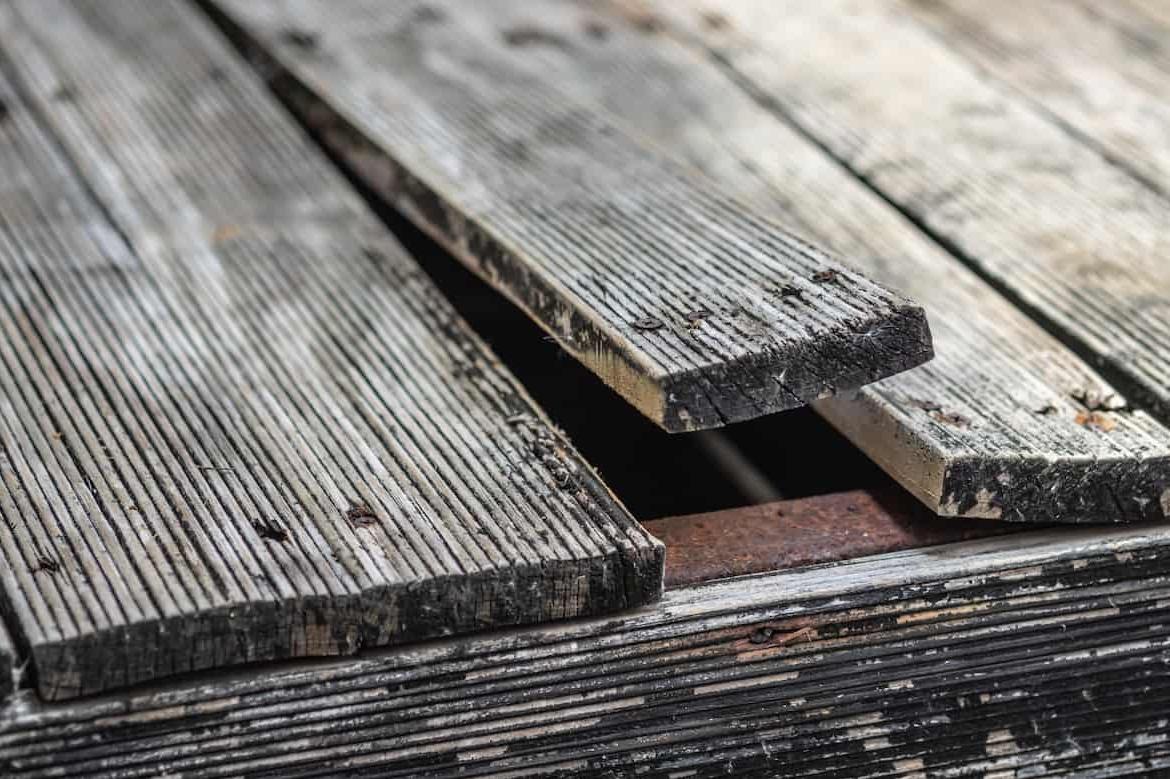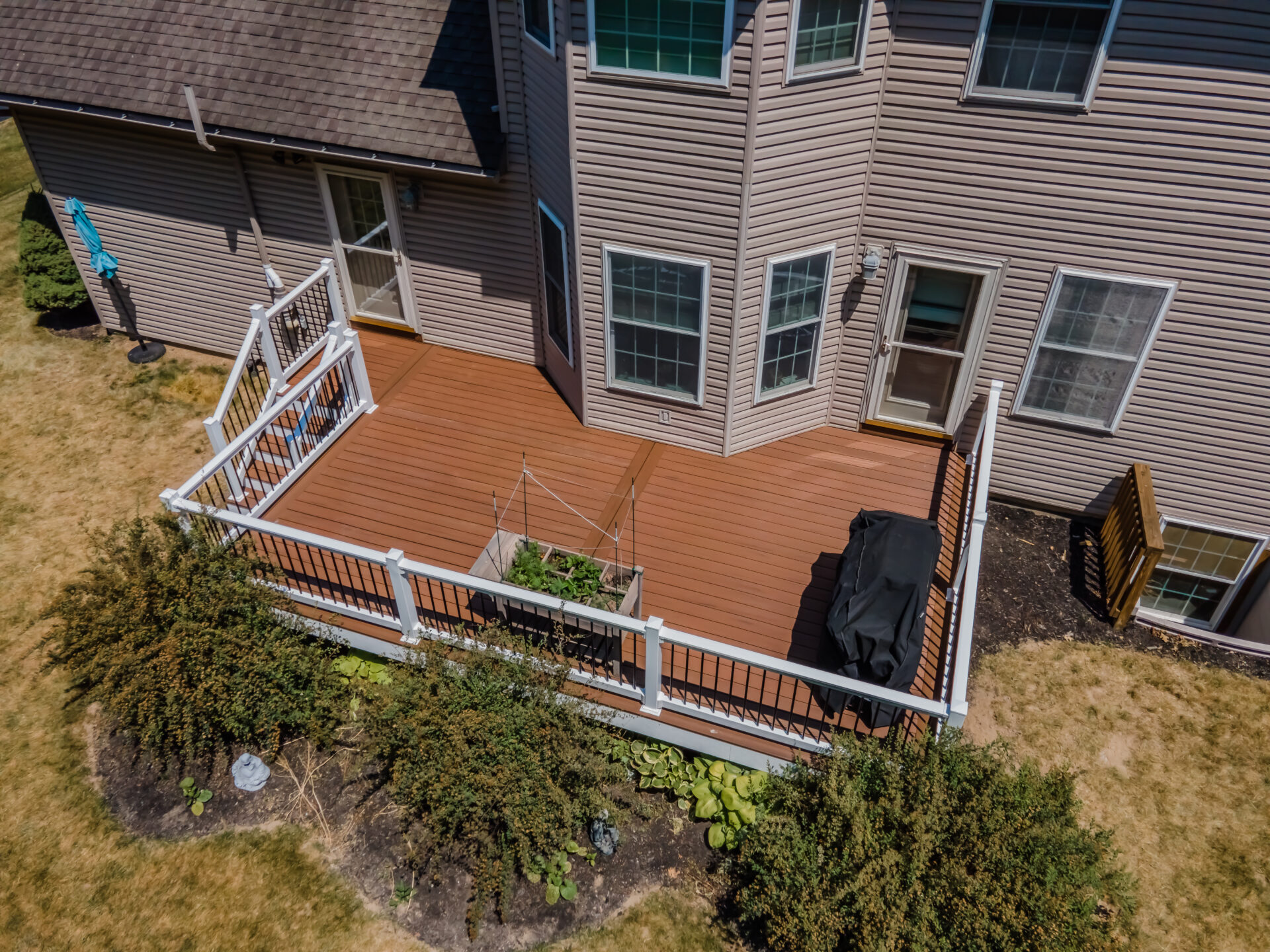Debunking the Myths and Exploring the Facts
Composite decking has become a popular choice for outdoor spaces due to its durability, low maintenance, and eco-friendly features. Homeowners appreciate its resemblance to natural wood while enjoying the benefits of being resistant to rot, mold, and pests. However, one common question often asked by potential buyers is, “Does composite decking get hot?” In this blog, we will delve into the myths surrounding the heat retention of composite decking and provide insights into the factors that influence its temperature.
Myth 1: Composite Decking Gets Extremely Hot
One of the prevalent myths surrounding composite decking is that it becomes unbearably hot under the sun, making it uncomfortable to walk on. While it’s true that composite decking can get warmer than traditional wood decks, advancements in manufacturing have significantly improved this aspect. The perception of excessive heat is often influenced by various factors that we’ll explore further in this article.
Myth 2: All Composite Decking Materials React the Same to Heat
Another misconception is that all composite decking materials behave the same way when exposed to sunlight. In reality, composite decking comes in various types, and the composition of each product can differ, affecting its thermal properties. Different manufacturers may use unique combinations of wood fibers, plastic, and additives, which result in varying levels of heat retention.
Factors Affecting Heat Retention in Composite Decking
1. Color Choice:The color of the composite decking plays a crucial role in its heat retention. Darker colors tend to absorb more sunlight, leading to higher surface temperatures compared to lighter shades. Homeowners living in regions with intense sunlight might consider opting for lighter-colored composite decking to mitigate heat retention.
2. Board Composition: As mentioned earlier, the materials used in composite decking can impact its heat retention. Some manufacturers incorporate cooling technologies, such as reflective pigments or innovative cap layers, to reduce heat absorption and retention.
3. Air Circulation: Adequate air circulation beneath the deck can help dissipate heat and prevent excessive temperature buildup. Properly designed structures with sufficient ventilation will help reduce the heat transferred to the surface.
4. Weather Conditions: Composite decking exposed to direct sunlight on hot, sunny days will naturally become warmer. However, it’s worth noting that even traditional wood decks can become hot under these conditions.
Mitigating Heat Retention in Composite Decking
1. Shade and Shelter: Installing your deck in a shaded area or adding a pergola, awning, or umbrella can provide relief from direct sunlight, keeping the surface cooler.
2. Timed Usage: If your composite deck is prone to heat buildup during peak daytime temperatures, consider using it during cooler parts of the day, such as mornings or evenings.
3. Cool-Deck Technology: Some manufacturers offer composite decking with advanced cool-deck technology, which is designed to reflect heat and maintain lower surface temperatures.
In conclusion, composite decking can become warm under direct sunlight, but the extent of its heat retention varies based on factors like color, composition, and weather conditions. Homeowners looking to invest in composite decking should consider the location, climate, and manufacturer’s technology to find a product that suits their preferences.
While the heat-retention aspect is a valid consideration, it shouldn’t overshadow the numerous benefits of composite decking, such as its durability, low maintenance, and eco-friendliness. With proper planning, design, and material selection, you can create a beautiful outdoor space that remains comfortable to enjoy throughout the year.
If you’re ready to explore the world of composite decking and find the perfect solution for your outdoor living space, don’t hesitate to reach out to the experts at West Shire Decks. With their extensive knowledge and experience, they can provide you with valuable insights and help you choose from a range of specific materials that fit your budget and style. Contact West Shire Decks today and embark on the journey to transform your outdoor living space into a stunning and functional oasis!
Check Out Our Other Blogs
-
Your Deck Build Process
Facebook Twitter LinkedIn Gmail
-
Building Your Deck: Which Fascia is Better?
Facebook Twitter LinkedIn Gmail
-
How Much Does a Deck Cost?
Facebook Twitter LinkedIn Gmail
-
Best Deck Builders Near Me
Facebook Twitter LinkedIn Gmail
-
5 ways to know its time to Replace your Wooden Deck Boards
Facebook Twitter LinkedIn Gmail
-
How to Find the Right Deck Contractor for Your Project
Facebook Twitter LinkedIn Gmail

